The story behind 15 famous car nicknames
Explore the fascinating origins of famous car nicknames, from Nissan’s legendary 'Godzilla' to Volkswagen’s beloved 'Kombi'. Discover how these names came to life and why they have become synonymous with the cars we love.
Cars have always been more than just machines; they've become symbols of performance, style, and culture. Many iconic vehicles have earned nicknames that capture their essence, whether it’s for their power, design, or the legacy they’ve created.
We’ll dive into the stories behind 15 famous car nicknames, revealing how these monikers came to life and why they continue to resonate with car enthusiasts around the world.
Volkswagen Type 1 – Beetle / Bug

The Volkswagen Type 1, originally marketed simply as the Volkswagen, became one of the most iconic cars of the 20th century. It wasn’t until 1968 that it was officially named the "Beetle." In Germany, it is informally known as "der Käfer," which translates to "beetle," due to its distinctive, rounded shape resembling the insect.
The nickname "Bug" originated in the United States, where people began referring to the car as "the Bug" because of its small size and quirky design. Its accessibility, reliability, and mass production made the Beetle one of the best-selling cars in history, with a legacy that continues to this day.
Volkswagen Type 2 – Kombi

The Volkswagen Type 2, commonly known as the Kombi, was originally marketed as a utility van with a modular interior that could be configured for a variety of purposes, from transporting goods to serving as a camper. The name "Kombi" comes from the German word "Kombinationskraftwagen," which means "combination motor vehicle," highlighting its versatility.
This iconic van became a symbol of the 1960s counterculture, especially within the hippie movement, where it was often seen as a mobile home or a vehicle for free spirits on the road. The Kombi's practicality, durability, and unique charm made it a lasting icon in automotive history.
Ford Model T – Tin Lizzie
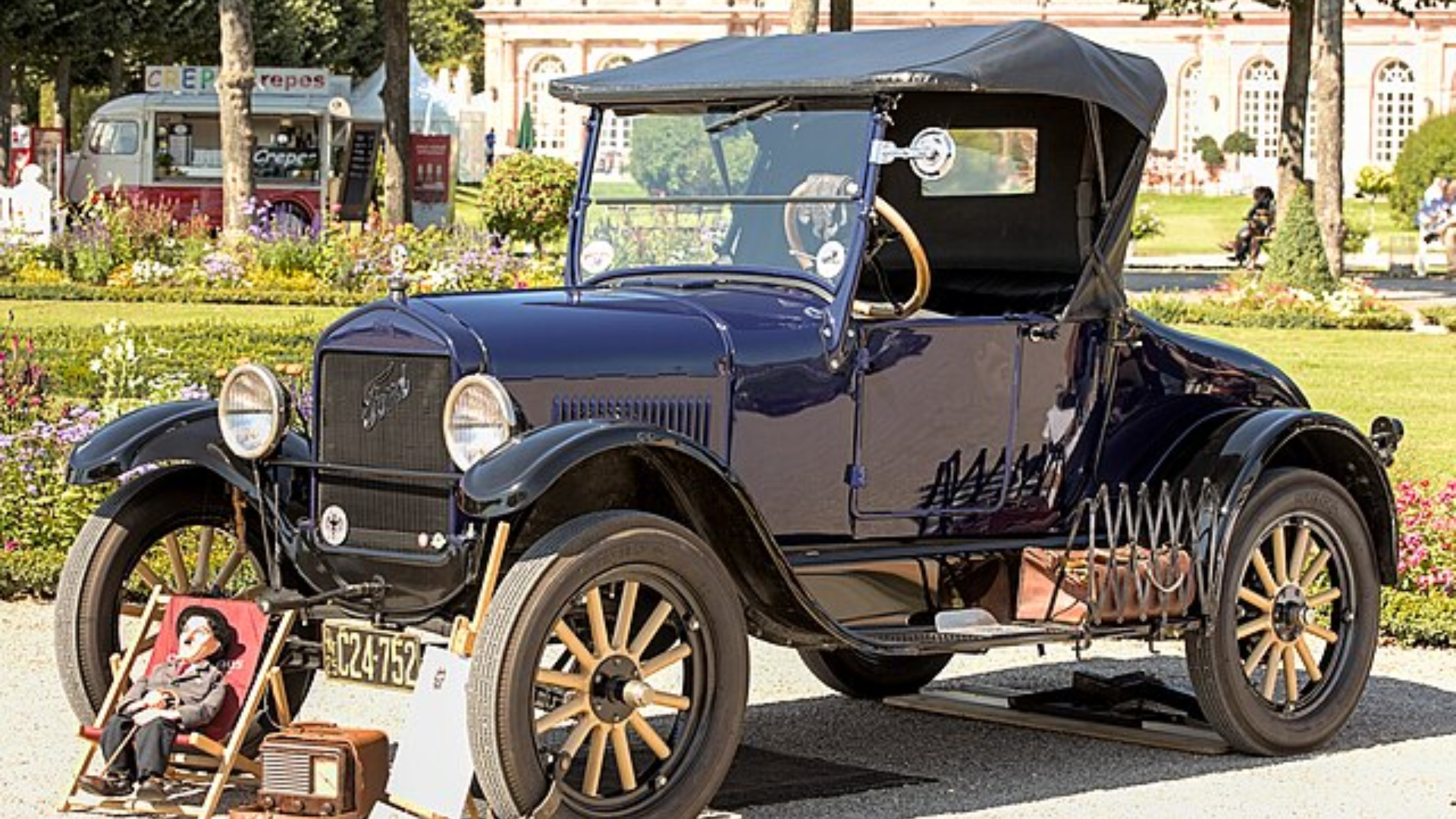
The Ford Model T earned the nickname "Tin Lizzie" in the 1920s due to its lightweight, inexpensive, and simple construction, contrasting with more expensive cars of the time. "Tin" referred to its sheet metal body, while "Lizzie" was a common, affectionate name for cars back then.
The Model T revolutionized mass production, making cars affordable and accessible to the public, with over 15 million units produced. The nickname likely came from two theories: "Lizzie" was a term for a reliable workhorse, or it could be linked to a 1922 race where a Model T named "Old Liz" participated. Either way, "Tin Lizzie" became a symbol of the Model T's practicality and impact on automotive history.
Ford Mustang SVT Cobra (2003-2004) – Terminator
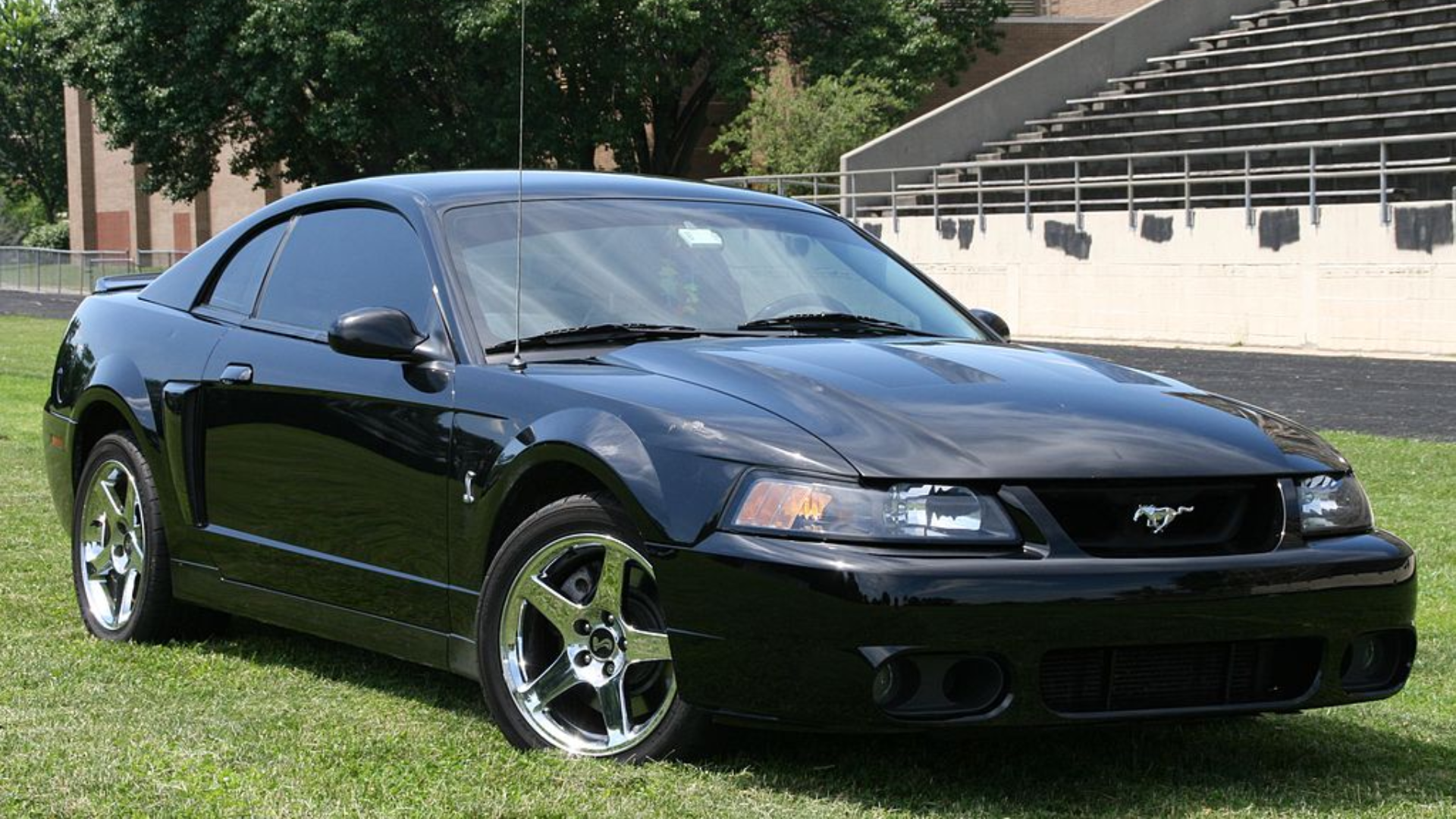
The Ford Mustang SVT Cobra "Terminator" nickname refers to the 2003-2004 model years of the Mustang SVT Cobra, which featured significant upgrades, including a supercharged 4.6L V8 engine and a Tremec T56 6-speed manual transmission. These enhancements allowed the Terminator to produce an impressive 390 horsepower, far exceeding the performance of other cars on the road at the time.
Ford referred to this powerhouse as the "Terminator" due to its dominant performance capabilities. Once the car hit the market, the name stuck with enthusiasts, and to this day, the 2003-2004 Terminator Cobras are highly revered for their superior power and handling, solidifying the nickname in Mustang history.
Pontiac GTO (First Generation) – The Goat
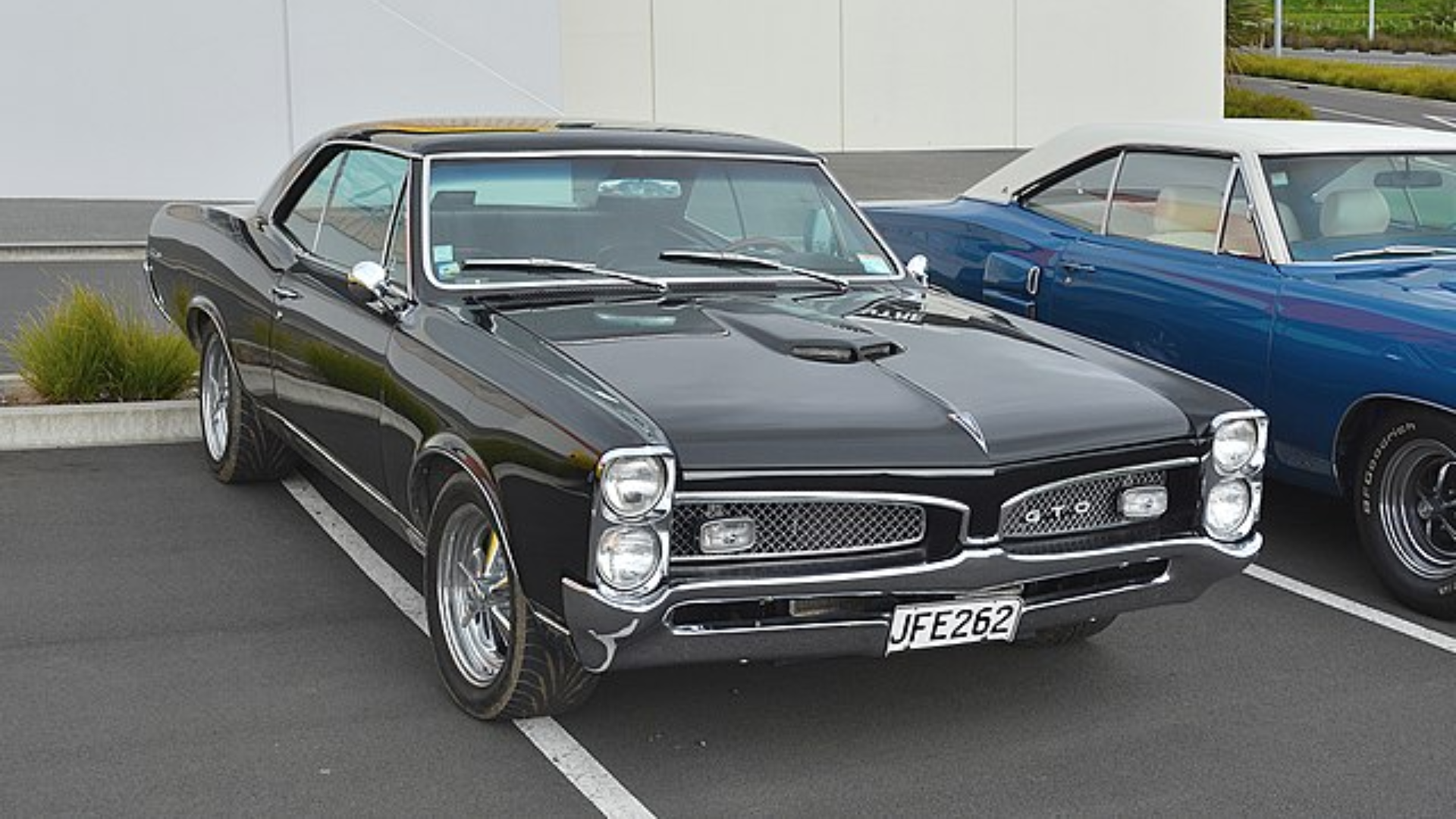
The first generation Pontiac GTO earned the nickname "The Goat" for several reasons. One theory suggests that the car's name, "GTO," sounds like "goat" when spoken, making it a natural nickname. Another theory connects the nickname to the car's powerful performance, likening it to the strength and resilience of a goat. Though the car's original marketing focused on a "GTO Tiger" theme, "The Goat" became more popular in automotive subcultures, symbolizing the GTO's ability to "eat anything" on the street due to its impressive performance. The nickname also humorously reflects its tendency to burn fuel, oil, and tires—a nod to the phrase "Gas, Oil, and Tire".
Regardless of the exact origin, "The Goat" stuck with enthusiasts, representing the GTO's raw power, agility, and rebellious spirit. The nickname helped solidify the GTO’s status as one of the original muscle cars, cementing its legacy in automotive history.
Nissan Skyline GT-R (R32) – Godzilla
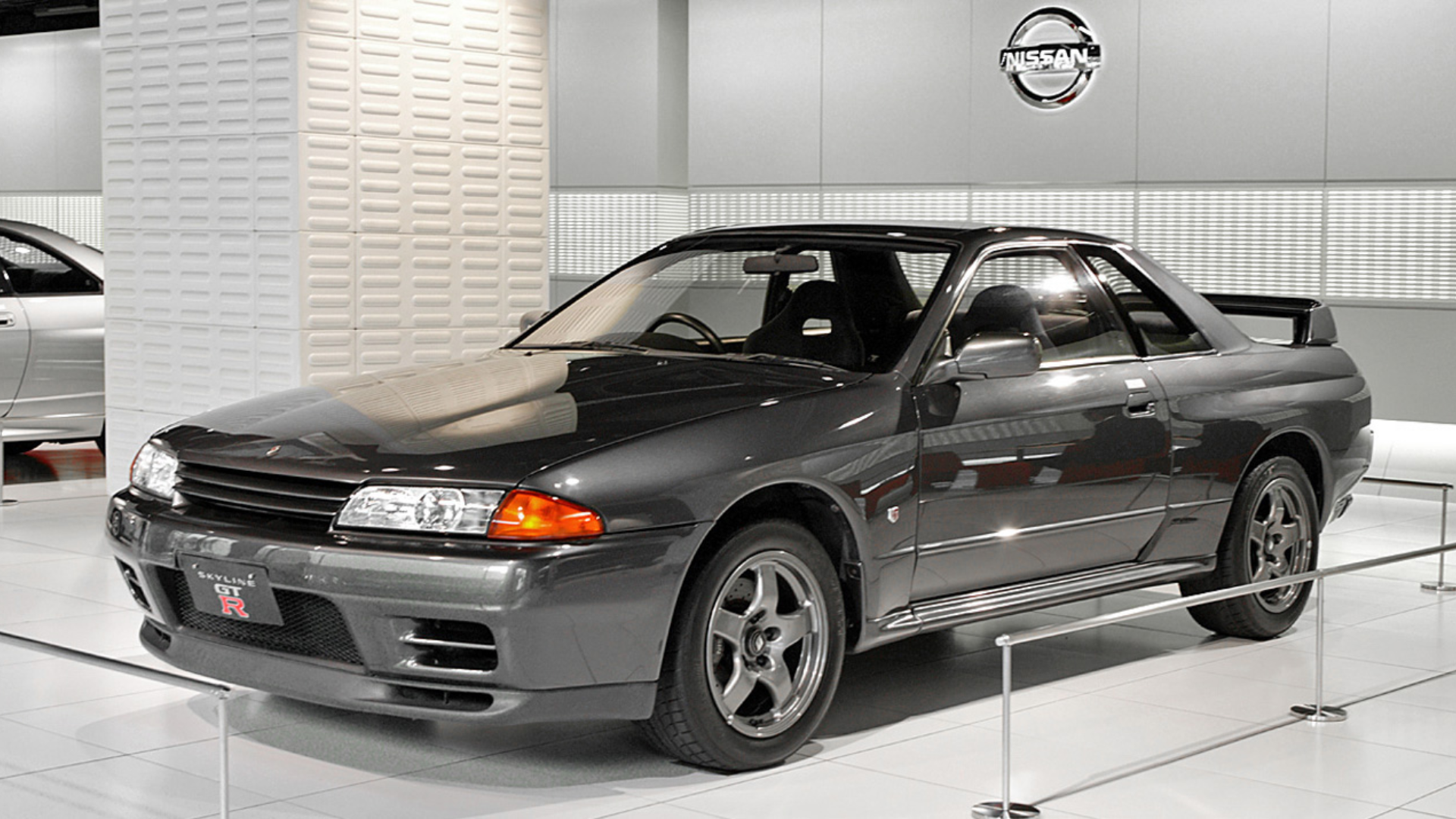
The nickname "Godzilla" for the Nissan Skyline GT-R actually originated with the R32 model, not the R34, as many people mistakenly believe. The term was first coined by the Australian motoring publication Wheels in their July 1989 issue, in recognition of the R32's dominant performance, particularly in the Australian Touring Car Championship.
The GT-R's exceptional speed, power, and handling made it nearly unbeatable on the track, earning it a fearsome reputation similar to the Japanese movie monster, Godzilla. The nickname "Godzilla" perfectly captured the R32's ability to obliterate its competition and was carried forward to the R34 and even the R35 GT-R models, solidifying its place in Nissan's legacy.
Nissan Skyline GT-R (KPGC10) – Hakosuka
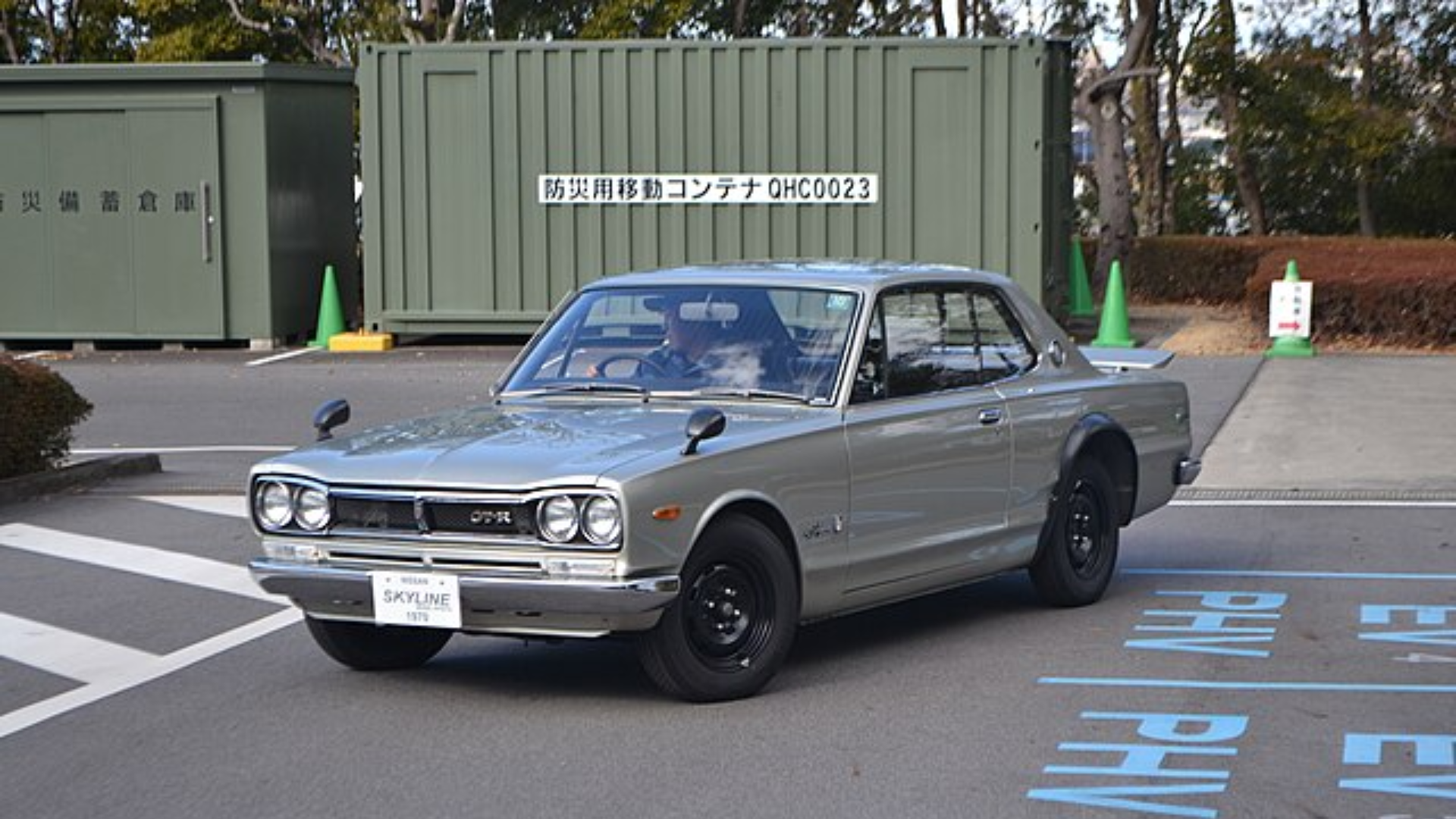
The Nissan GT-R KPGC10 earned the nickname "Hakosuka" due to its distinctive, boxy design and its legacy in Japanese car culture. The name is a combination of two Japanese words: "Hako" (meaning "box"), which refers to the car's angular, boxy shape, and "Suka", a shortened version of "Skyline" (スカイライン, sukairain). The car's utilitarian design made "Hakosuka" a fitting and affectionate nickname, reflecting its robustness and solid performance. This nickname became synonymous with the first GT-R model and remains a beloved term among car enthusiasts, symbolizing the beginning of the legendary GT-R legacy.
Nissan GT-R (KPGC110) – Kenmeri
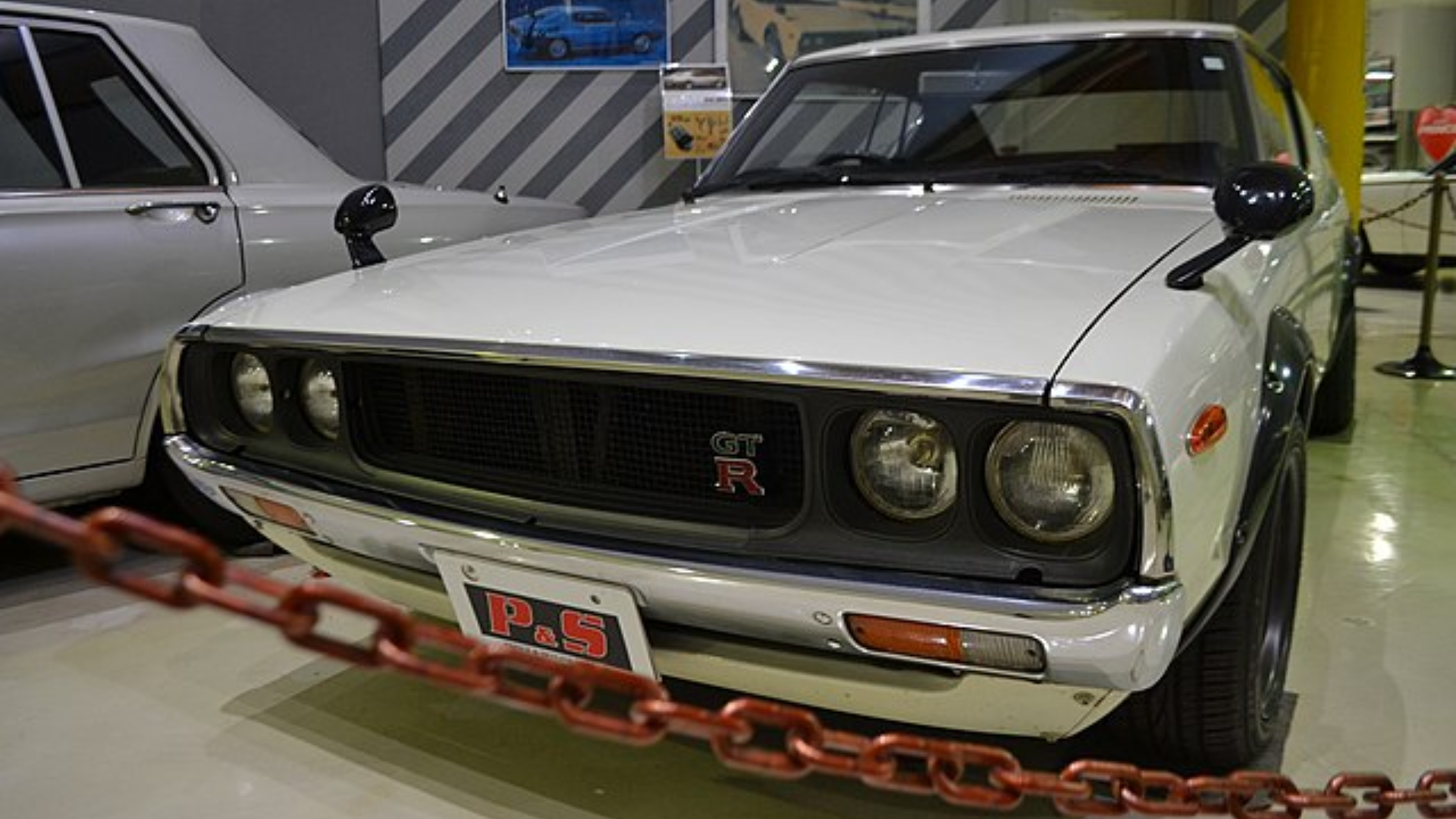
The Nissan GT-R KPGC110 is considered one of the rarest models in the Skyline GT-R lineup due to its extremely limited production. Only around 197 units of the KPGC110 were built between 1973 and 1974, making it an incredibly rare find today. Its production was cut short due to economic challenges in Japan during the early 1970s and the introduction of stricter emissions regulations, leading to its discontinuation after just one year.
The KPGC110 is also famously known by the nickname "Kenmeri", which originates from a popular 1972 Nissan commercial. The ad featured a young couple named Ken and Meri enjoying the Hokkaido countryside in the car. The ad campaign was so successful that the nickname "Kenmeri" became synonymous with the car. This connection to the commercial, along with its rarity, has cemented the KPGC110's place in automotive history as a highly coveted and iconic model.
BMW Z3 M Coupe (E36/8) – Clown Shoe

The BMW Z3 M Coupe earned the nickname "Clown Shoe" due to its unique and unconventional design. The car's rear end was notably short and boxy, giving it a distinctive shape that many found quirky and unusual. The nickname was coined by enthusiasts because the car's shape resembled a clown’s oversized shoe, which was both playful and humorous in nature.
While the Z3 M Coupe's design was initially divisive, with some calling it odd, others came to appreciate its performance and functionality. Despite the unconventional looks, the M Coupe is known for its impressive handling and power, making it a true driver's car. The nickname "Clown Shoe" stuck because it captured the car's unexpected yet endearing qualities, adding character to an already iconic vehicle in BMW's M lineup.
Porsche 911 (930) Turbo – Widowmaker

The Porsche 911 (930) Turbo earned the nickname "Widowmaker" due to its aggressive handling and sudden turbocharged power. The nickname has parallels to the Luftwaffe's F104G Starfighter, which also had a high accident rate and tragic loss of pilots. The 930 Turbo's rear-engine layout and unrefined suspension made it prone to oversteering, especially when applying too much throttle, which could cause the car to spin out.
The "Widowmaker" name became infamous after several crashes and fatalities linked to the car’s handling. Despite its danger, the 930 Turbo remains an iconic model in Porsche's history, revered for its raw power and performance, rewarding skilled drivers but posing a serious risk to the inexperienced.
Ferrari 365 GTB/4 – Daytona
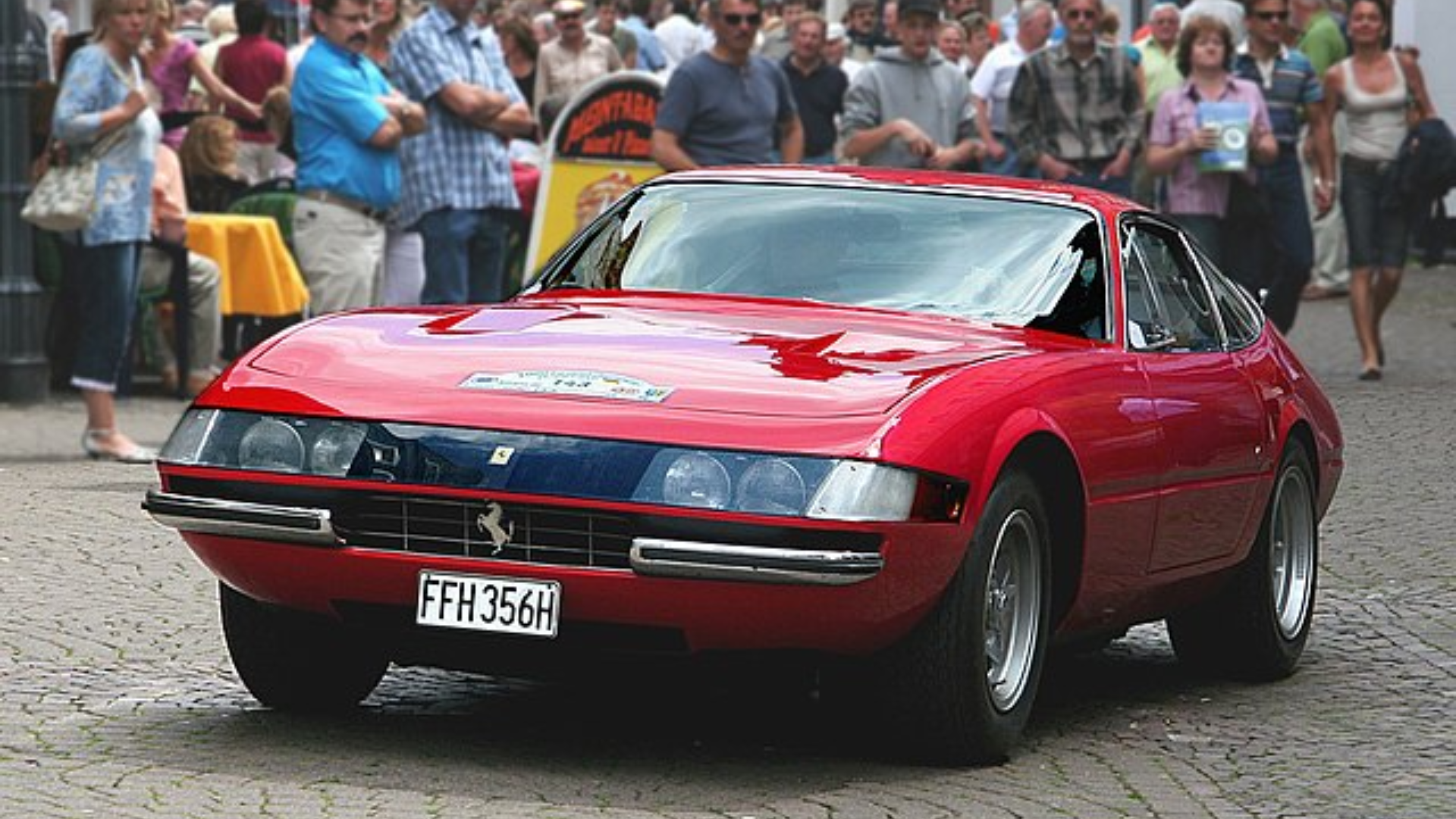
The Ferrari 365 GTB/4 earned the nickname "Daytona" after its spectacular performance in the 1967 24 Hours of Daytona race, where it secured a 1-2-3 finish in the GT class. This victory was a significant achievement for Ferrari, and the car's success in Daytona led to it being informally dubbed the "Daytona" by enthusiasts and the media, despite Ferrari never officially using the name.
The 365 GTB/4, introduced in 1968, was a highly capable and stylish grand tourer, featuring a powerful 4.4L V12 engine and sleek design. The nickname "Daytona" became synonymous with the car's racing pedigree, performance, and Ferrari’s dominance at the Daytona race, cementing the car’s place in automotive history as one of Ferrari’s most iconic models.
Volvo 240 – Flying Brick
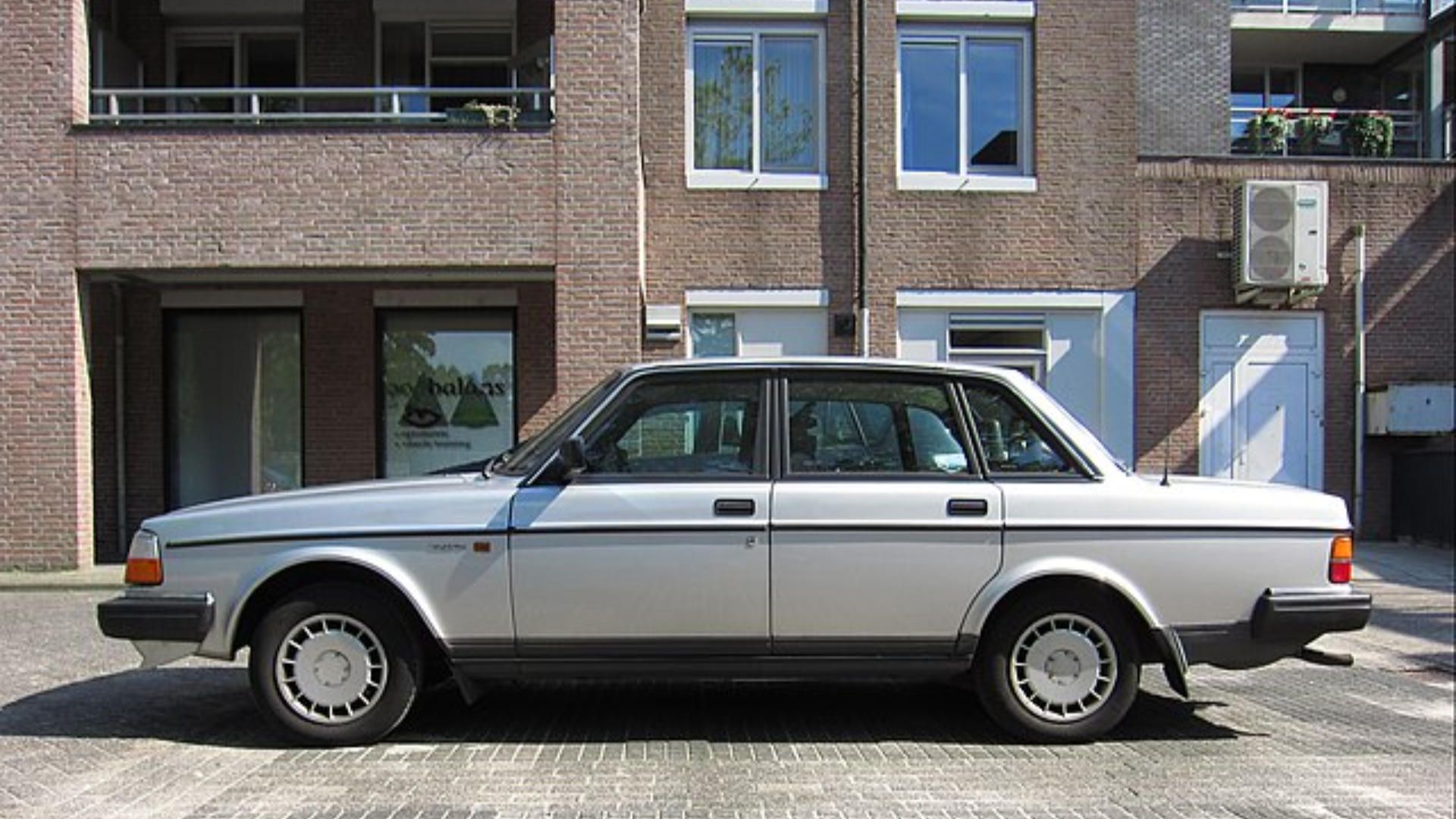
The Volvo 240 earned the nickname "Flying Brick" due to its distinctive, boxy, angular shape and surprising performance, particularly in the touring car racing scene. Initially criticized for its practical, non-sporting appearance, the 240, especially the 240 Turbo, proved to be unexpectedly competitive, winning races and championships. Despite its utilitarian design, the racing versions of the 240 showcased impressive speed and handling, defying expectations.
The nickname "Flying Brick" became popular for both the racing cars and production models, symbolizing their unique combination of safety, practicality, and unexpected racing success. The term "brick" referred to the car’s square, utilitarian design, while "flying" was an ironic nod to its surprising performance on the track. The Volvo 240’s legacy as a durable, reliable, and surprisingly fast car has cemented its place as a cult classic among enthusiasts.
Mazda RX-7 – The Rotary Rocket
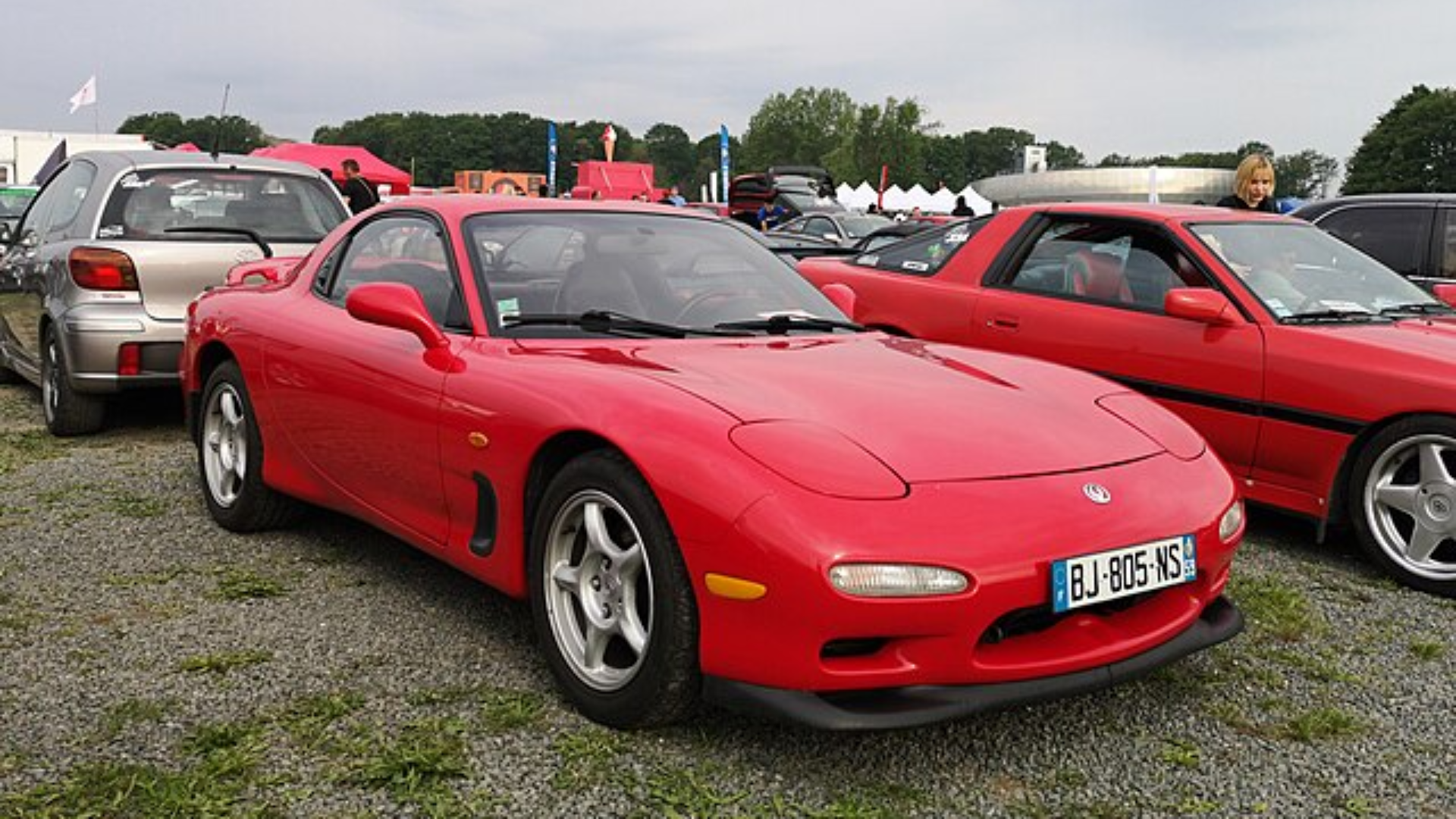
The Mazda RX-7 earned the nickname "Rotary Rocket" because of its powerful Wankel rotary engine and reputation for speed. Known for its smooth, high-revving nature, the rotary engine gave the RX-7 a distinctive performance character that many considered "rocket-like."
The "Rocket" part of the nickname also referenced the car's impressive speed and agility, particularly in motorsports, where it excelled in various racing categories. The RX-7’s combination of the rotary engine and remarkable performance set it apart from other cars of its time, earning it the fitting and affectionate moniker of "The Rotary Rocket".
Toyota AE86 – Hachiroku

The Toyota AE86, part of the Toyota Corolla Levin and Toyota Sprinter Trueno series, earned the nickname "Hachiroku" based on its model code AE86, which is pronounced "Hachi-Roku" in Japanese. The term "Hachi" means "eight" and "Roku" means "six," together referring to the 86 in the model number.
The nickname "Hachiroku" became widely associated with the AE86, especially due to its popularity in the Japanese drifting scene and its prominent role in the anime Initial D, where it was driven by the main character, Takumi Fujiwara. The AE86 gained a cult following due to its lightweight, rear-wheel-drive layout, and agile handling, making it a favorite among car enthusiasts and drift racers. The nickname "Hachiroku" reflects both the car’s model code and its legendary status in automotive culture.
Toyota MR2 – Poor Man's Ferrari

The Toyota MR2 earned the nickname "Poor Man's Ferrari" due to its mid-engine, rear-wheel-drive layout, which is similar to the design found in Ferrari’s higher-end models. The MR2 offered a thrilling sports car experience at a fraction of the price of a Ferrari, making it an attractive option for driving enthusiasts who wanted Ferrari-like performance without the high cost.
While the MR2 wasn't as powerful as a Ferrari, it featured agile handling, a low curb weight, and a sporty, sleek design, all qualities reminiscent of Ferrari’s iconic models. Additionally, the MR2 became a famous platform for kit cars, with many aftermarket manufacturers creating Ferrari-inspired replicas using the MR2 as a base. The nickname "Poor Man's Ferrari" stuck because the MR2 provided an accessible alternative for those who dreamed of owning a Ferrari but were on a budget.
